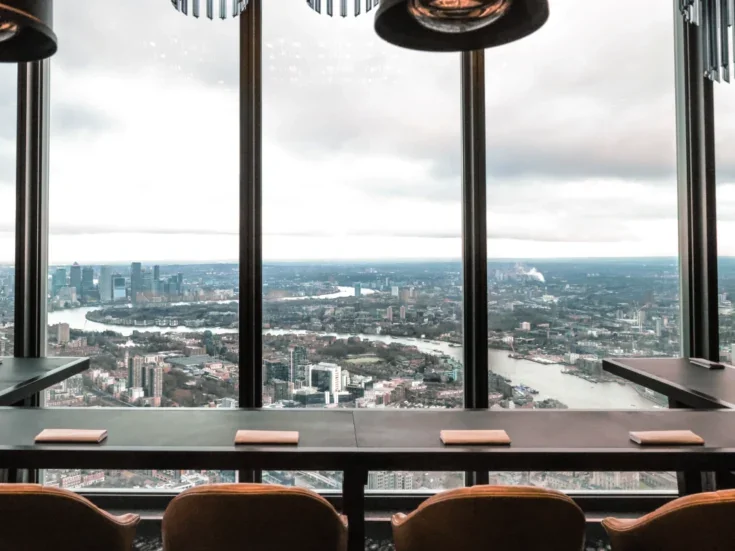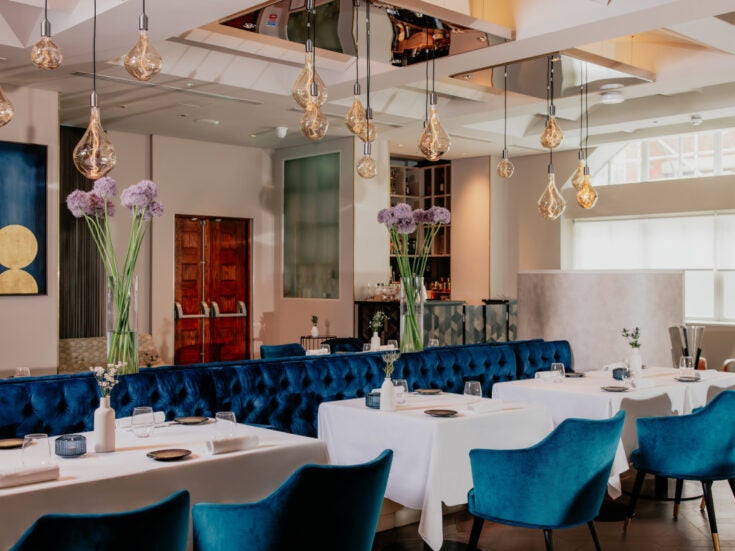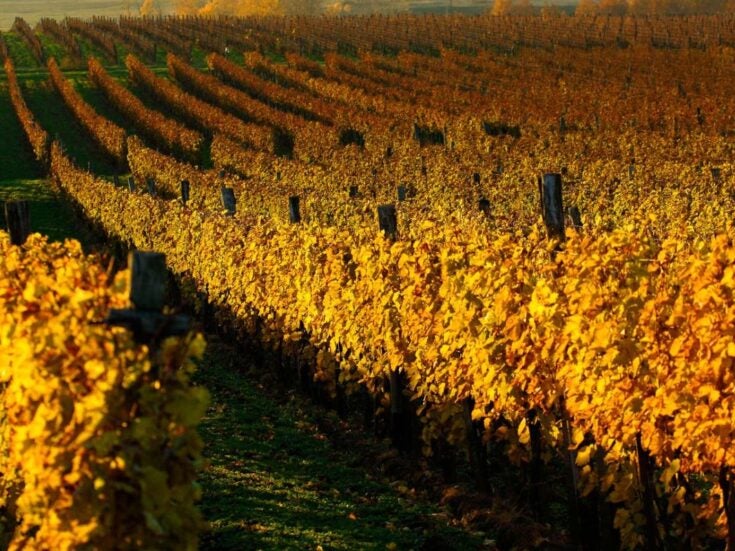
Golden Oldies
Talk about ageing gracefully. Marlon Abela on why the best sweet white wines — your Sauternes, Riesling, Tokaji — may be out of fashion but will taste even better by the time they’re back in again
TO MY SURPRISE (and delight), five bottles of Château Lafaurie-Peyraguey 1929 just sold at auction, sourced from an exceptional cellar and in perfect condition, for £999. The old vintages of Château Lafaurie-Peyraguey are some of the very top Sauternes that I have ever tasted and are among the true connoisseurs’ favourites.

There are many places in Europe and around the world that produce outstanding non-fortified sweet wines, often using a disparate range of grape varieties. Sauternes in Bordeaux is the home of Château d’Yquem, the world’s most renowned sweet wine. The Loire Valley bears fruit for a plethora of excellent sweet wines, but for me it is Vouvray that stands out and has the ability to survive the test of time. The estates along Germany’s Mosel and Rhine produce some legendary Rieslings that develop with age into some of the most delicious and luscious wines to be found. The more obscure Hungarian Tokaji was most favoured by the royal courts across Europe in the 19th century — the wines are so rich and sweet that the mind-blowing, molasses-like 1947 is estimated to contain only 3 per cent alcohol.
European nobility in the 19th century went as far as the Cape of Good Hope to bring home the sweet wines made from Muscat de Frontignan in Klein Constantia, which was, justifiably so, the ultimate status symbol. Unfortunately most of the vines were destroyed by the phylloxera disease.
Sweet wines have always commanded an important place in wine’s history. However, over time, habits change and in general red wines are now the most sought-after. Due to modern winemaking techniques, warmer weather patterns and later harvesting, we have come to expect an ever fuller, sweeter and more alcoholic style of red wine. Often enjoyed on their own without food or even at the end of a meal, they have usurped sweet wine’s rightful place. Changes in dining trends, with less time and wine being enjoyed à table, has also led to sweet wine’s pernicious decline.

Unlike red Bordeaux and Burgundy, there is little market speculation when it comes to sweet wines. They are onerous to produce due to tiny yields but, despite this, release prices are reasonable and they rarely appreciate in value. There are of course exceptions: Yquem is very expensive but prices can stagnate after release. Egon Müller’s stellar and minuscule production of Scharzhofberger Riesling Trockenbeerenauslese fetches over €3,000 per bottle, making it one of the world’s most expensive wines, with only 300-400 bottles produced in the best vintages.
What makes sweet wines exceptional is their age-worthiness. It can take decades for the premium ones to mature and for their inherent aromatic complexity to emerge. An overly young, sweet wine can be compared to drinking syrup and can be rather unpleasant, but luckily mature vintages are still available in the marketplace and on some top restaurant wine lists. In the Sauternes and Barsac region the 1983 vintage was top-quality. The phenomenal Yquem and Climens command £200 and £90 respectively. The very good Suduiraut and Rieussec are available at about £70. These represent great value, considering a bottle can be shared among eight friends. I also strongly recommend the 1976 and 1975 vintages, which still represent excellent value and outstanding quality.
RIESLING MAKES SOME of my favourite sweet wines (and dry whites, too). The very best emanate from Alsace and Germany and the wines can vary in sugar content depending on the time of harvesting. Alsace’s Sélection de Grains Nobles and Germany’s Trockenbeerenauslese and Eiswein are the sweetest. They are made for ageing and are rarely approachable ten years on.
As in all wine regions, there is variation in quality from one producer to the next. The top producers in Alsace are Weinbach, Zind-Humbrecht, Ostertag, Marcel Deiss and Trimbach, and in Germany Egon Müller, Johann Josef Prüm, Von Hövel, Robert Weil and Carl von Schubert. These producers highlight the grape’s uniqueness, its wonderful combination of high acidity levels and sweetness that brings the intensity, vibrancy, chewy texture and complexity that make these wines heavenly.
It is sad to see that these great wines have fallen out of favour over time. I am an avid collector but I also find myself opening these bottles less and less frequently. At the Greenhouse and Morton’s, we have an exceptional collection of old, sweet wines that I’m very proud of. You can imagine my delight when one of our patrons at the Greenhouse recently uncorked a bottle of the very rare and magnificent Yquem 1929.
Tasting Notes:
Tokaji Essencia 1947, Hungary
I hadn’t opened this in fifteen years and it hasn’t budged a bit. Molasses-like in colour and texture, it has a cacophony of very distinct aromas: raisin, prune, date, coffee, liquorice, gingerbread, even some dried strawberries. Its thickness and sweetness are underpinned with balanced acidity. Nearly tannic-like, it lingers on for a good two minutes, eternal and very special. The bottle comes in 50cl but it can be shared among ten due to the wine’s intensity and sweetness.

Château d’Yquem 1976, Sauternes
Rich, golden colour but still youthful. Very complex aromatics of butter, saffron, orange confit, cinnamon, apricot and a little herbal element. Some volatile acidity, which is often found with Yquem, but not disturbing. The mouth lingers with notes of apricot and caramel. Very long, but still extremely young. A lot of sweetness and thickness. Amazingly, still developing — try it again in ten years. A magnificent wine.
Deinhard Deidesheimer Hohenmorgen Riesling Trockenbeerenauslese 1949, Mosel
The level of the bottle was on the low side. Showing some maturity, darker in colour than I had expected. With a nose of prunes, confit cherries, a little minty, some volatile acidity and prevalent orange confit mouth. Medium bodied, good length, not entirely typical even for mature Riesling, but expected due to the ullage. However, still a lovely wine.
Riesling Close Sainte Hune Vendanges Tardives 1983, Alsace
Trimbach makes wines that tend to be less sweet than his peers in Alsace but the quality is superb. In this case, bright golden in colour, aromas of mango, orange blossom, orange rind, light petroleum, beautiful texture and length. Very harmonious, thick rather than over sweet. A unique feature. Again still a baby, this wine would be the perfect companion to foie gras.
Marlon Abela is Chairman of MARC
Read more by Marlon Abela






